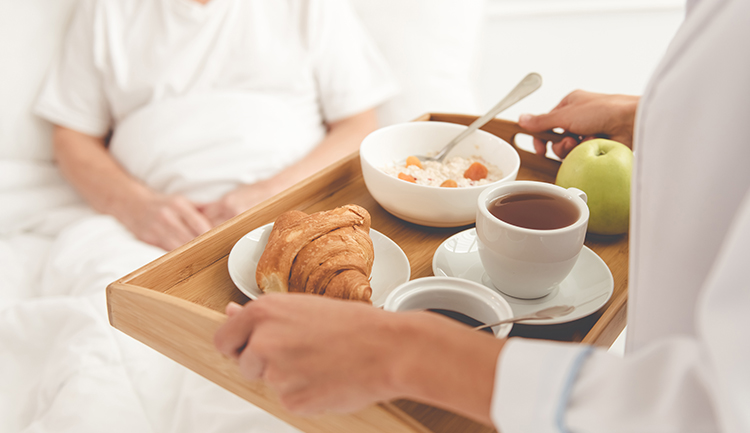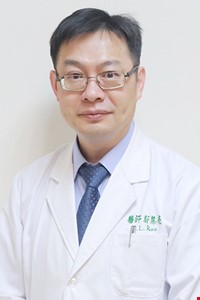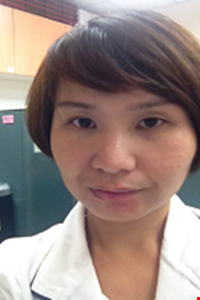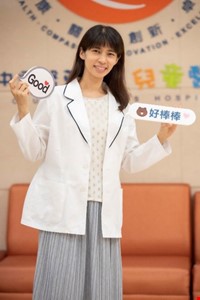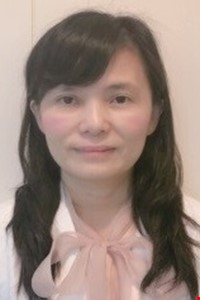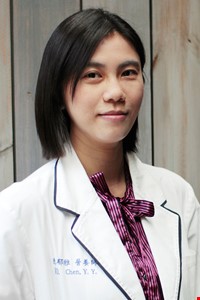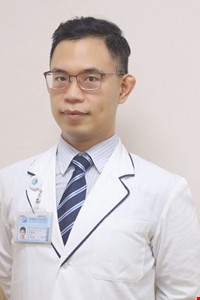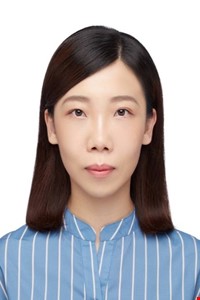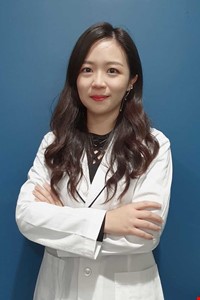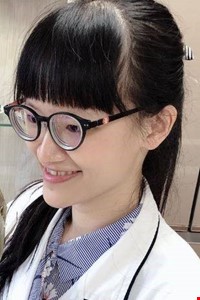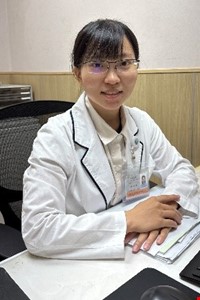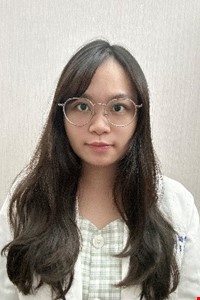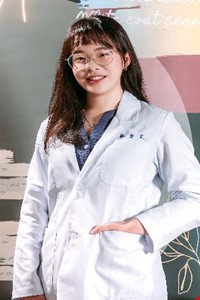Department Introduction
Clinical Nutrition
:::
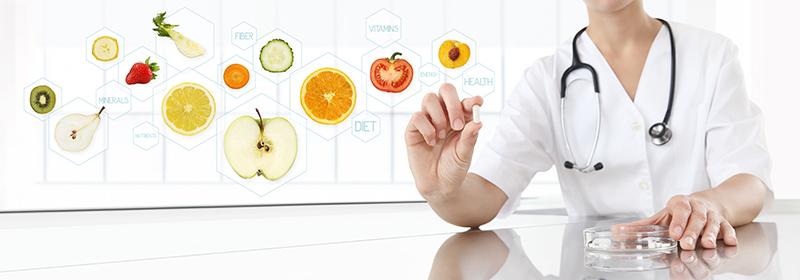
Clinical Nutrition
Department Introduction
China Medical University Hospital's (CMUH) nutrition department, which was called the dietetics section belonging to the supply division, was established during the founding of the hospital in the 1980s. With the expansion of hospital beds and the volume of business, it was in 1981 upgraded to the dietetics division and in 1983 to the nutrition room, and then in 1989 reorganized into the Department of Food & Nutrition as the first-level technical service unit consisting of the Food Service Division and the Clinical Dietetics Division.
The department is engaged in three tasks: nutrition consultation, dietary supply, and teaching research. The department staff uses the knowledge of nutrition to provide perfect nutritional care for the patients, supplies a variety of foods by using group diet management combined with herbal cuisine, and promotes the nutritional concepts in the community.

The Food Service Division is responsible for the quality control, performance management, and supervision planning of the meal supply. To maintain the nutritional status of the patient, adapt to metabolic changes, correct the loss of nutrition, or to conduct a test, the medical nutrition therapy is required to make proper adjustments for and design of the diet, which will help patients to recover.
According to the doctor's prescription, the principle of nutrition, and the patient's diet handbook compiled by the department, the department’s nutritionists provide diabetic diets, low protein diets for renal disease, high / low-calorie diets, high / low-residue diets, low-fat diets, low-cholesterol diets, high-fiber diets, low-sodium diets, high / low-potassium diets, low-purine diets, low-phosphorus/calcium diets, and tube feeding diets.
As early as 1983, the department led the way in the computerization of the business such as patient meal notification and menu design in an attempt to boost the efficiency of work. In 1987, the department fully updated the hardware facilities of the cafeteria, modernized the meal supply process, and developed the inpatients’ dining mold, which many hospitals across the nation have adopted,. Moreover, the development was the first to carry the patient's meals on electric vehicles to reduce occupational injuries.
The Department of Food & Nutrition is responsible for assisting the key departments such as the departments of Metabolism, Cardiology, Nephrology, Gastroenterology, Severe Disease, Gynecology and Pediatrics, and the Neuromedical Center in outpatient nutrition consultation, inpatients’ nutritional assessment, nutritional support, and nutritional status monitoring.
In 1981, the Department of Food & Nutrition took the lead in setting up "nutrition consultation" services in the outpatient clinic to carry out individual and group nutrition guidance.
The main tasks of the Clinical Dietetics Division are
- To provide patients with perfect nutritional support and maintain their good nutritional status.
- To offer patients and staff dietary design.
- To educate patients and their families about knowledge of nutritional diet to promote the curative effect.
- To enhance the nutritional knowledge of all medical staff in hospital.
- To improve the advisory services on dietary nutrition.
- To promote the clinical teaching and academic research in the Department of Food & Nutrition in hospital.
- To organize and attend professional seminars and provide at any time up-to-date nutritional information to relevant wards for research and utilization.
- To promote community nutrition education in the vicinity of the hospital by unregularly holding community group health education activities.
Our Teams
Quick view (click to expand)
▲



